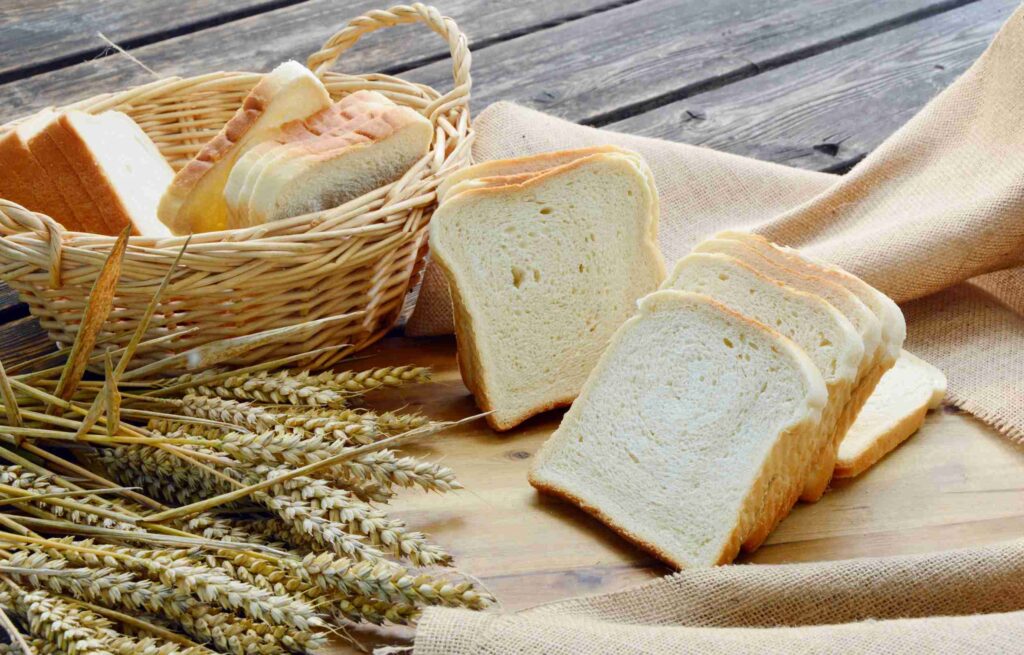In the ongoing effort to lose weight, the uncontroversial first step is to reduce added sugars. The next step is to reduce refined carbohydrates. There are many diets that advocate increasing carbohydrate intake instead. And some of them do indeed work.
Controversy surrounds the humble carbohydrate. Is it good or bad? From the mid 1950’s to the 2000’s, they were the good guys, the heroes. Low in fat, they were supposed to be our salvation from the phony epidemic of heart disease. The Atkins onslaught of the late 1990s recast them in the role of dietary villain. Many advocates avoid all carbohydrates. What, even vegetables and fruits? Yes, even vegetables and fruits. So, are carbohydrates good or bad?
Insulin and insulin resistance drive obesity. Refined carbohydrates such as white sugar and white flour cause the greatest increase in insulin. These foods are quite fattening. This does not mean that all carbohydrates are similarly bad. There is a substantial difference between ‘good’ carbohydrates (whole fruits and vegetables) and ‘bad’ (sugar and flour). Kale and broccoli will not make you fat no matter how much you eat. But eating even modest amounts of sugar can certainly cause weight gain. Yet both are carbohydrates – so what is the difference? How do we distinguish the two?
Dr. David Jenkins of the University of Toronto began to tackle this problem in 1981 with the Glycemic Index (GI). Foods were ranked according to their tendency to raise glucose. Since dietary protein and fat did not raise the blood glucose appreciably, they were essentially excluded from the GI. It was used exclusively to measure carbohydrate-containing foods. In these foods, there is a close correlation between the GI and insulin stimulating effect.
The GI uses identical 50-gram portions of carbohydrate. For example, you might take foods such as carrots, watermelon, apples, bread, pancakes, a candy bar, and oatmeal. You measure each portion to contain 50 grams of carbohydrate and then measure the effect on blood glucose. Foods are compared against the reference standard, glucose, which was assigned a value of 100.
However, a standard serving of food may not contain 50 grams of carbohydrate. For example, watermelon has a very high glycemic index of 72, but contains only 5% carbohydrate by weight. Most of the weight is water. So you would need to eat 1 kilogram (2.2 pounds!) of watermelon to get 50 g of carbohydrate. This is far in excess of a single serving. A corn tortilla, on the other hand, has a GI of 52. The tortilla is 48% carbohydrate by weight, so you would only have to eat 104g of the tortilla to get 50g of carbohydrate. This is close to a standard serving. The Glycemic Load (GL) index attempts to correct this distortion by adjusting for serving size. Watermelon turns out to have a very low GL of 4, but the corn tortilla still has a high GL of 25.
Whether we classify carbohydrates by GI or GL, it becomes obvious that there is a clear distinction between refined carbohydrates and unrefined traditional foods. Western refined foods have a very high GI and GL. Traditional whole foods have low GL scores, despite containing similar amounts of carbohydrate. This is an essential distinguishing feature. Carbohydrates are not inherently fattening. The toxicity lies in the processing.

Refining significantly increases the glycemic index by purifying and concentrating the carbohydrate. Removal of fat, fibre and protein increases the speed of digestion. The other macronutrients slow down absorption of the carbohydrates. Furthermore, the refined carbohydrates are much easier to absorb. In the example of wheat, modern machine milling has almost completely replaced the traditional stone milling. This allows wheat to be pulverized into the very fine white powder we know as flour. Cocaine users will know that very fine powders are absorbed into the bloodstream much faster than coarse grains. This allows for higher ‘highs’ – both for cocaine and for glucose. The refined wheat causes glucose to spike up. Insulin levels follow.

Secondly, refining encourages overconsumption. For example, a glass of orange juice may require 4 or 5 oranges. It is very easy to drink a glass of juice, but eating 5 oranges is not so easy. By removing everything other than the carbohydrate, we tend to over consume what is left. If we had to eat all the fibre and bulk associated with 5 oranges, we may think twice about it. The same applies to grains and vegetables. If we remove all the bran and fibre and fat from wheat and turn it into white flour, it is very easy to eat. The bun contains almost pure carbohydrate in an easily digestible form. The pile of vegetables contains significant amounts of fibre and fat. One is highly refined, the other is not. One will cause obesity, the other will not.
The problem is one of balance. Our bodies have adapted to the balance of nutrients in natural food. By refining foods and only consuming a certain portion, the balance is entirely destroyed. People have been eating unrefined carbohydrates for thousands of years without obesity or diabetes. What has changed recently, is that we now predominantly eat refined grains as our carbohydrate of choice. In Western societies, wheat is often the grain of choice.
Next article: Fibre – How To Lose Weight IX
Start here with Calories I – How Do We Gain Weight?

By The Fasting Method
For many health reasons, losing weight is important. It can improve your blood sugars, blood pressure and metabolic health, lowering your risk of heart disease, stroke and cancer. But it’s not easy. That’s where we can help.












Responses